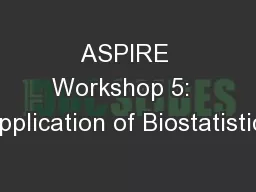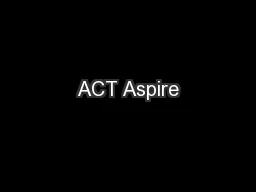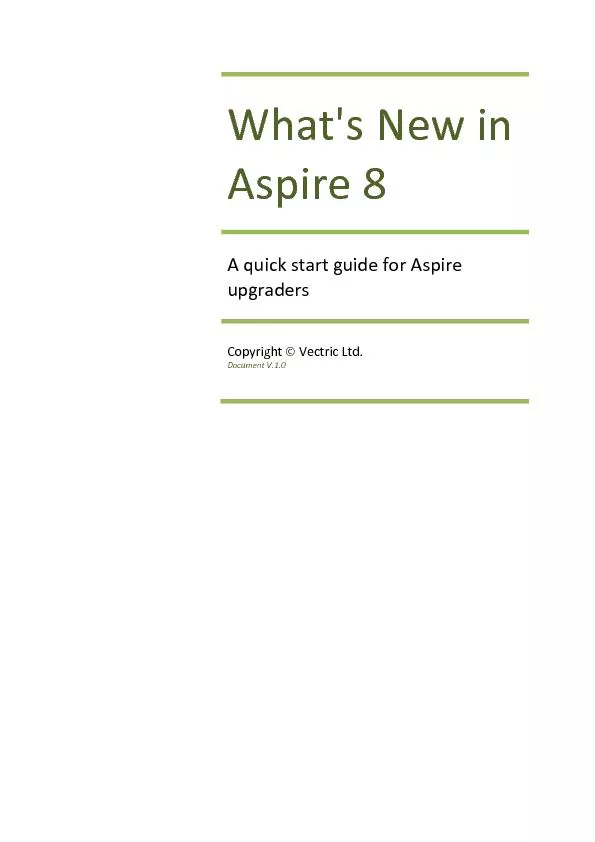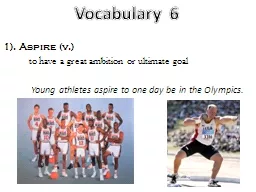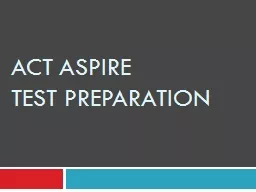PPT-ASPIRE Workshop 5: Application of Biostatistics
Author : stefany-barnette | Published Date : 2018-10-31
Thomas Delate PhD MS Clinical Pharmacy Research Scientist Kaiser Permanente Colorado What to Expect Today Review biostatistic principles Hands on application Questions
Presentation Embed Code
Download Presentation
Download Presentation The PPT/PDF document "ASPIRE Workshop 5: Application of Biost..." is the property of its rightful owner. Permission is granted to download and print the materials on this website for personal, non-commercial use only, and to display it on your personal computer provided you do not modify the materials and that you retain all copyright notices contained in the materials. By downloading content from our website, you accept the terms of this agreement.
ASPIRE Workshop 5: Application of Biostatistics: Transcript
Download Rules Of Document
"ASPIRE Workshop 5: Application of Biostatistics"The content belongs to its owner. You may download and print it for personal use, without modification, and keep all copyright notices. By downloading, you agree to these terms.
Related Documents

